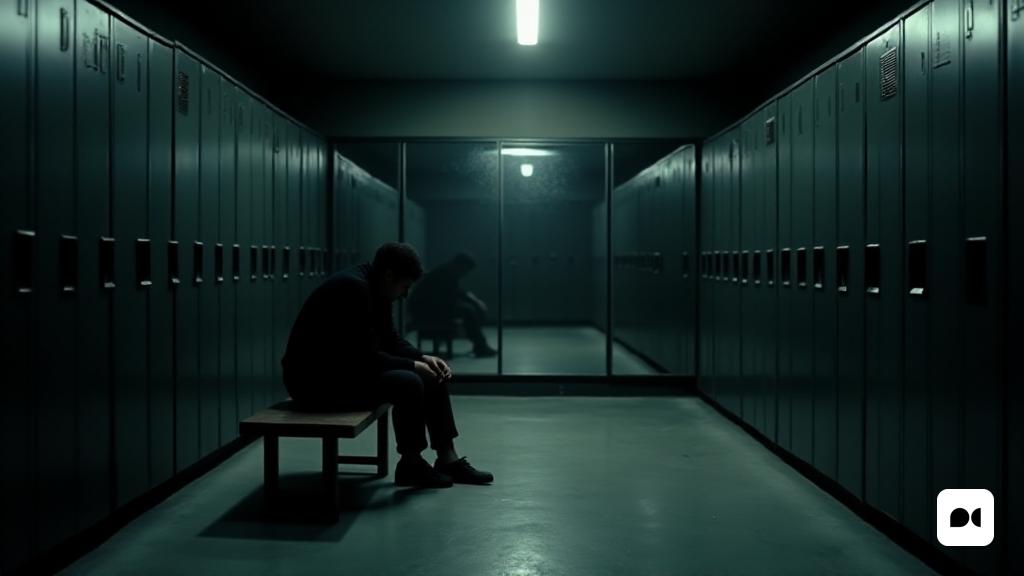A space of protection and tension
Changing rooms, often considered transition spaces, become scenarios of extreme vulnerability. In fiction, they are places where tension rises, and the characters are in situations of anguish and insecurity. It is in this context that Josep Maria Miró chose to set his work ‘The Principle of Archimedes’ in a dressing room in a pool, a scenario that evokes both fragility and terror.
A new adaptation with contemporary approach
After twelve years, Miró explores this space in collaboration with director Leonardo V. Granados. This new version of the work moves from the Beckett Room to the Texas space, where the changes are visible but respect the original essence. The scenery of Elisabet Rovira, a minimalist, focuses on symmetry, offering a new visual perspective that challenges the viewer.
Innovation in stage design
The current and simplified stage proposal requires that the actors manage transitions between scenes so that the narrative maintains a ritornell of tension. The music of Guillem Rodríguez intensifies this sensation, incorporating sound elements that remember the horror genre, and transforms dialogues into a disturbing experience.
The moral dilemma I l’Amporte current
Miró is a teacher when it comes to putting his characters in limit situations that challenge morality. In his work, the figure of Jordi provides an intense debate on responsibility and guilt. In this new montage, the text not only retains its relevance, but also enriched by a contemporary context that causes a deeper reflection on the relationship between educators and families.
The new questions about the educational relationship
With the increase in social surveillance and expectations for the behavior of educators, Miró’s issues about the affective interaction between adults and children become more complex. The answers are not as clear as they seemed, and the characters are immersed in a debate that challenges current social norms.
Interpretations that resonate
The performer quartet masterfully captures the emotions of each character, with a dramatic arch that varys constantly. Marc Tarrida’s interpretation as Jordi stands out for his ability to convey a wide range of emotions, while Sandra Monclús brings a fascinating duality to his character, oscillating between harshness and vulnerability.
The debate on social media
The influence of social media on the public perception of the conflict presented to the work adds a new dimension to the discourse. The immediate reaction and impact of online opinions change the dynamics of the end, which now reflects a more tangible reality, where cancellations occur with a click, instead of a reflected decision.
Final reflections on theatrical performance
As the work progresses, it is clear that ‘The principle of Archimedes’ is not only a story about a locker room, but a deep exploration of the human condition and our vulnerability to complex situations. Its relevance endures, challenging the audience to face its own fears and the social dynamics that surround us.

